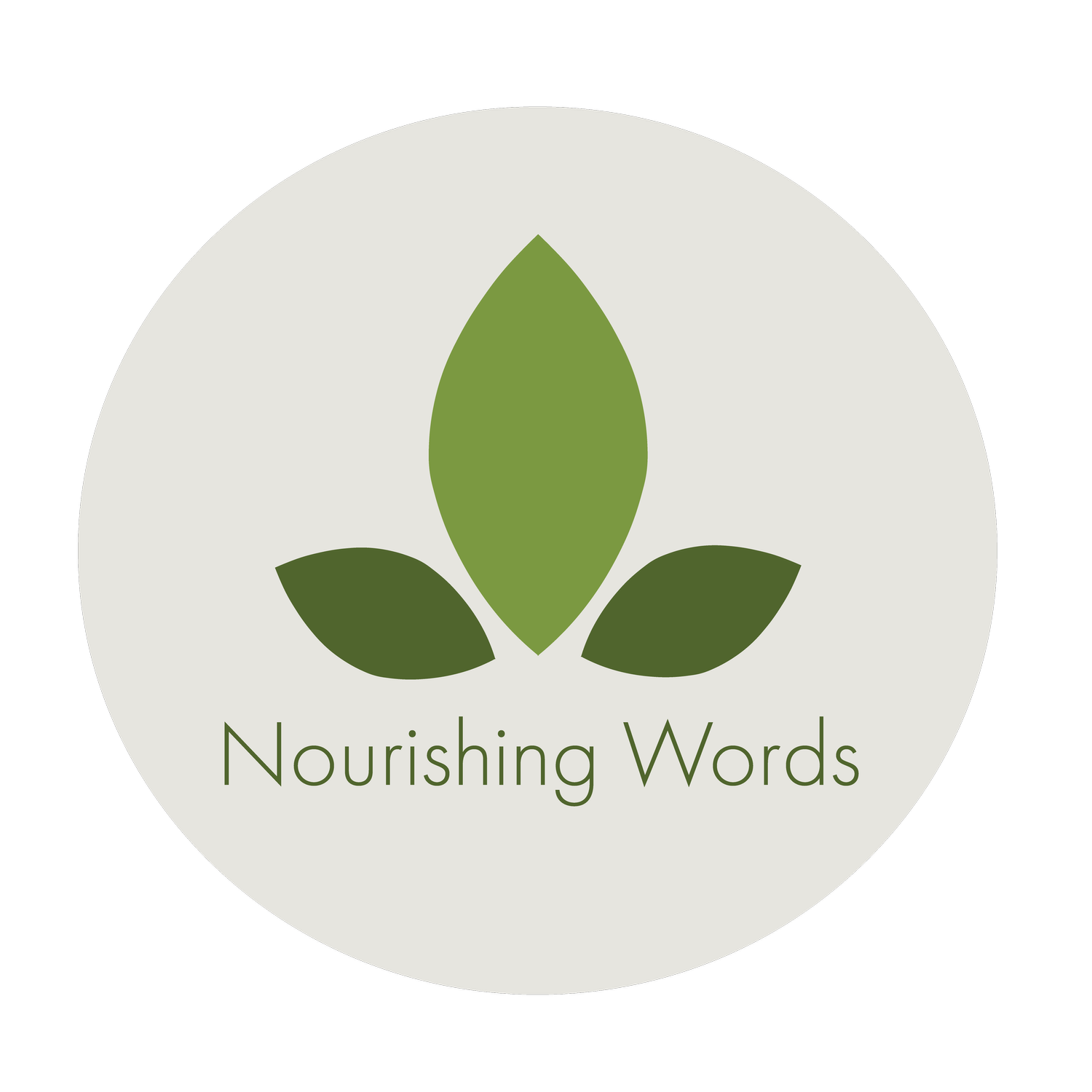The Pop-Tart Omission
This is a short segment from what is being affectionately called the “Pop-Tart chapter” of my upcoming book Nurture: How to Raise Kids who Love Food, Their Bodies, and Themselves. Family members gave me their permission to be showcased.
"Mom, I live a deprived life. At sixteen, I am just discovering Pop-Tarts." ~ Kyla, age 16
Yes, my daughter is exposing me in the quote above.
I’m a mom who aims to provide lots of different kinds of snacks in the house. I don't diet and have never thought of myself as being overly health-focused in my food choices, though I can't unlearn my nutrition education and nearly thirty years of working with eating disorders. I strive for balance in what I offer my family. I aim to make all foods neutral by not making anything off-limits. That said, it's absolutely true that I did not buy Pop-Tarts during my kids' childhood.
My partner tells me this is good, for he subsisted on Pop-Tarts for about a decade. He told me he didn't think that was his best life choice.
Kyla and Ava had a "where have you been all my life?" experience with Pop-Tarts at age 16, trying every flavor. I found it hysterical because they both had great relationships with food and didn’t tend to obsess over anything. Sure, they have their favorite foods, but I never saw them overeat much. (Well, there was that one time Kyla ate way too much of her chocolate mousse birthday cake and fell extremely ill. She still talks about it.)
Generally, though, the Halloween candy rots once the novelty wears off in our house. Even favorite baked goods often aren't eaten before they get stale. We consider cookies delicious and fun foods, and my teens are fantastic bakers, but since cookies are not "special," they get "old" after the first three or four.
My partner and I have more "food baggage" and overeat sweets more than my daughters do. I have some weird hoarding tendencies because I'm one of seven siblings. I learned that the yummy thing might disappear if I didn't eat it now. Many adults have genuine food insecurity due to poverty or neglect, deprivation from dieting, or elimination diets in their history. Often patterns of real or imagined food insecurity are passed down through the generations.
All of these can create a drive toward eating certain foods that is more significant than the average eater. I'm seeing this more and more in young clients who develop disordered eating after being put on the latest trendiest diet: gluten- and dairy-free. It's one thing if your child has celiac disease and truly cannot digest gluten (the protein in wheat) without health consequences -- or a dairy allergy that leads to rashes or respiratory distress. Those are symptoms that kids can understand as negative consequences of eating a particular food group; avoiding those foods is indeed good care.
The problem occurs when kids don't have life-threatening or life-limiting food allergies or sensitivities but are put on special diets by well-meaning parents for health-enhancing reasons. Of course, the parents don't mean harm and believe they are doing the best for their children. It's heartbreaking, though, to hear from a mom that she thought she was helping her daughter by cutting out gluten and dairy, only to encourage her child to have a substantial charge around those foods that leads to binge eating later on.
We all want to feel taken care of and like we have enough. Kids sometimes show signs of hoarding food to compensate for food scarcity (real or imagined or innocently imposed by adults). They also sometimes crave, collect, and hide food because it's soothing and grounding during moments of overthinking or anxiety. Food has represented care and comfort since our first days after birth. Eating and love are entwined, whether we want them to be or not, so when we have some challenges with feeling loved or cared for, enter food as a soother. It's not a problem to eat for comfort, but if food is standing in for emotional expression or more effective ways to cope with challenges in life, then the child may be missing out.
My now-teenage daughters have never really shown signs of having "charge" around food –- until they discovered Pop-Tarts, and clearly much too late in life. I ate Pop-Tarts freely in my youth and currently think they taste like cardboard. I didn't think my kids were missing anything; they weren't as trendy and mainstream in my kids' young lives as they were in the 1980s. But they became a food trend again recently, and I could see they were a delicacy to a teen who had never experienced this sweet, warm comfort food. I guess I thought I was doing my kids a favor by having bagels, eggs, sausages, and oatmeal for breakfast. I’m sorry they felt deprived of the Pop-Tart experience, and I’m glad they’re enjoying them now.
(I don’t even mind being teased about it.)
